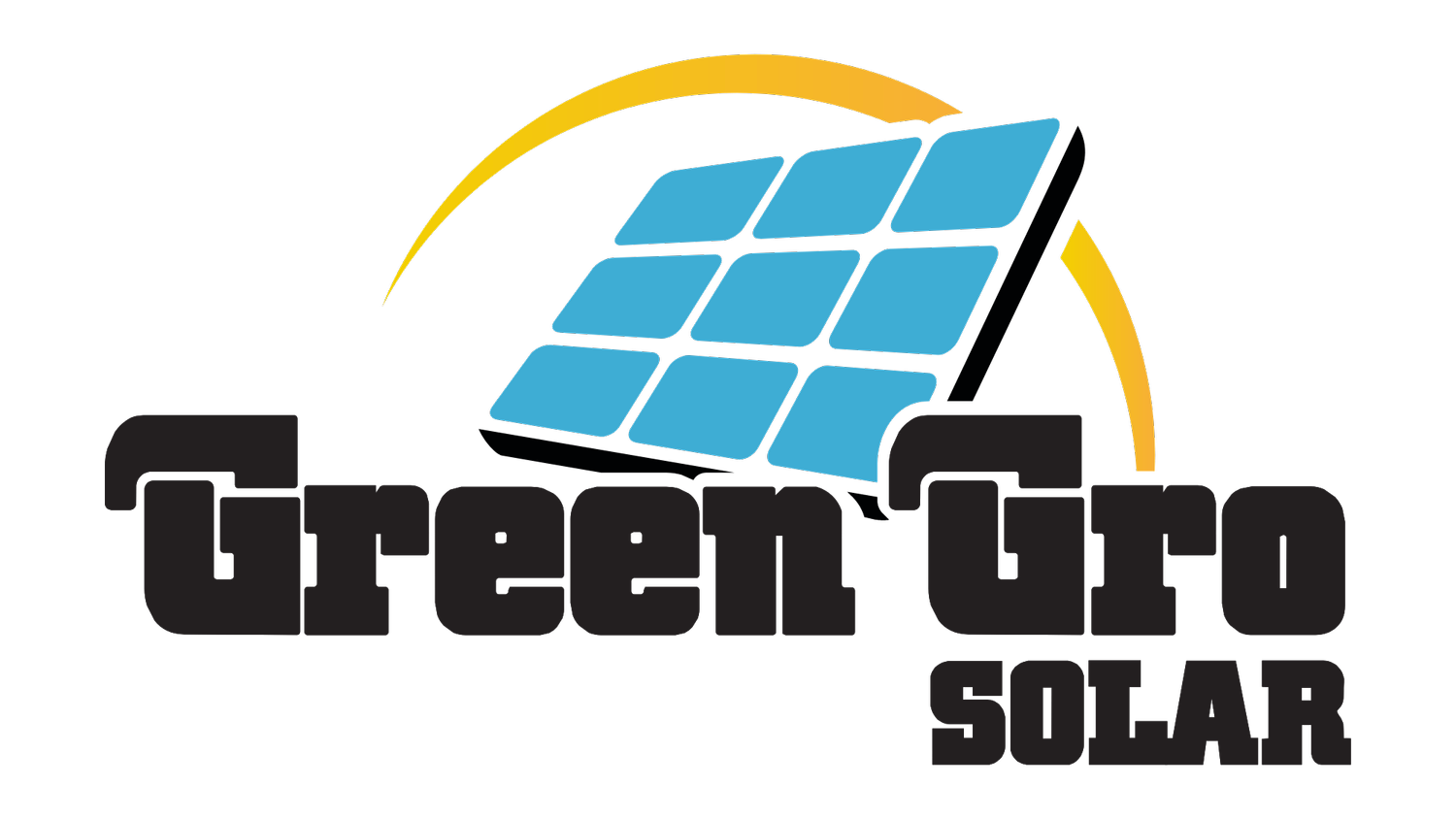The Future of The Solar Industry
Introduction
In the dawn of the 21st century, the solar industry stands at a pivotal crossroads. With the pressing urgency of climate change and the global commitment to reducing carbon emissions, solar energy emerges not just as an alternative, but as a leading solution in our quest for sustainability. This blog delves into the evolving landscape of the solar industry, exploring technological innovations, economic trends, and market expansions that herald a bright, sun-powered future. At Green Gro Solar, we're committed to illuminating the path forward, highlighting the strides we're making towards a cleaner, more resilient energy grid.
Recent Advances in Solar Technology
The solar industry has witnessed remarkable technological strides in recent years, significantly enhancing the efficiency and applicability of solar energy solutions:
Efficiency Improvements
Modern photovoltaic (PV) cells have achieved unprecedented efficiency levels, converting more sunlight into electricity than ever before. These advancements are not only optimizing existing installations but also making solar energy more viable in less sunny regions.
Innovative Materials and Designs
Researchers are pioneering new materials like perovskites, which offer cost-effective alternatives to traditional silicon cells. Additionally, the introduction of bifacial solar panels captures sunlight from both sides, boosting energy production without requiring additional space.
Battery Storage Breakthroughs
The integration of improved battery storage technologies is solving one of solar energy's biggest challenges: intermittency. Today's batteries are more efficient, affordable, and longer-lasting, enabling households and businesses to store surplus energy for use during cloudy days or nighttime.
Economic Trends Affecting the Solar Industry
The economic landscape of the solar industry is evolving, driven by both technological innovation and policy shifts:
Falling Installation Costs
The cost of solar installations has plummeted over the past decade, making solar energy more accessible to a broader audience. Economies of scale, improved manufacturing processes, and increased competition have all contributed to this downward trend.
Government Incentives and Policies
Various governments worldwide have introduced incentives to encourage solar adoption, ranging from tax credits and rebates to feed-in tariffs. These policies not only make solar more affordable but also signify a strong commitment to renewable energy.
Cost Competitiveness
Solar energy is increasingly competitive with traditional fossil fuels, reaching or even undercutting grid parity in many regions. This economic viability is a critical factor driving the industry's expansion and the growing interest from both residential and commercial sectors.
The Expanding Market for Solar Energy
The solar energy market is experiencing robust growth across the globe, driven by both technological advancements and increasing awareness of the need for sustainable energy sources:
Global Growth Trends: The adoption of solar energy is soaring worldwide, with countries like China, the United States, and members of the European Union leading the way in installed capacity. This trend is bolstered by the international push towards meeting the Paris Agreement goals, aiming for a substantial reduction in carbon emissions.
Expansion into New Markets and Industries: Solar energy is finding its way into diverse sectors, from residential and commercial to utility-scale projects. Innovations like floating solar panels are opening up new avenues for installation, including on water bodies near urban areas, thereby conserving land.
Community Solar Projects: Community solar allows individuals who may not have suitable rooftops for solar panels to invest in solar energy. These projects have a significant impact by democratizing access to renewable energy, fostering local economies, and reducing reliance on fossil fuels.
Challenges and Solutions
Despite its potential, the solar industry faces several challenges that could impede its growth. However, solutions are emerging to address these obstacles:
Scalability and Infrastructure
As solar adoption increases, so does the need for infrastructure that can handle intermittent solar power. Solutions include upgrading grid infrastructure, increasing grid storage options, and implementing smart grid technologies to optimize energy distribution.
Grid Integration
Integrating solar energy into the existing power grid requires advanced technology and regulatory frameworks. Smart grids and net metering policies are pivotal in making solar energy a reliable part of the energy mix.
Regulatory and Logistical Hurdles
Navigating the regulatory landscape can be challenging for solar projects. Streamlining permit processes and providing clear guidelines can help accelerate solar deployments.
The Future Outlook of the Solar Industry
The future of the solar industry shines brightly, with several key trends poised to propel its growth:
Technological Advancements
Continuous innovation in PV technology, battery storage, and solar thermal systems will further enhance efficiency, reduce costs, and expand the applicability of solar energy.
Dominance in Renewable Sector
Solar energy is set to become a dominant force in the renewable energy sector, potentially surpassing wind and hydro in terms of installed capacity and electricity generation.
Conclusion
The solar industry stands on the cusp of a transformative era. With advancements in technology, favorable economic trends, and an expanding market, solar energy is poised to play a pivotal role in our sustainable energy future. At Green Gro Solar, we are excited to be part of this journey, contributing to a cleaner, more sustainable world.



